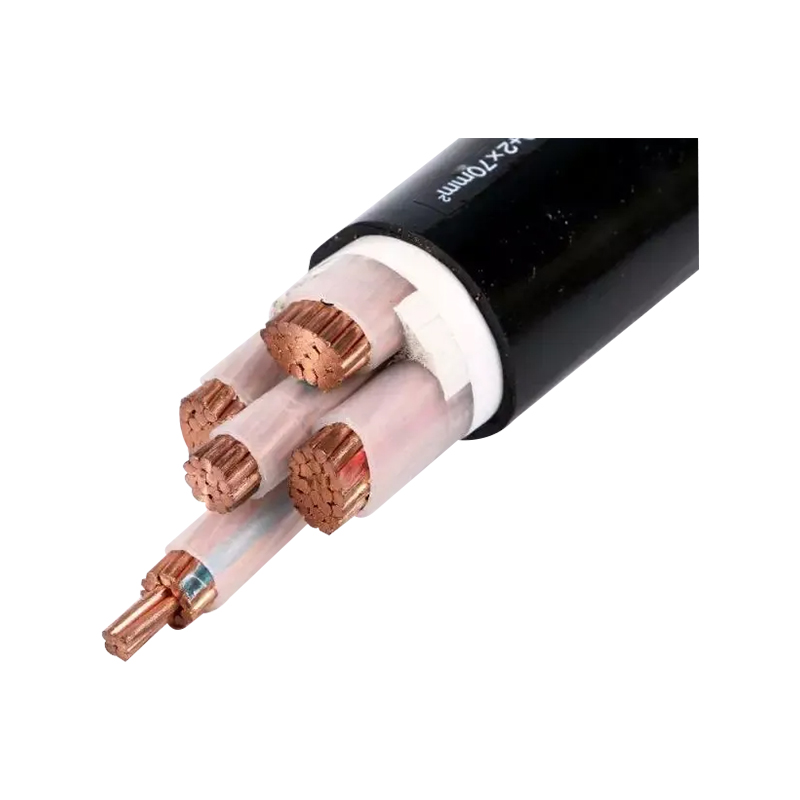The purpose of an
earthing conductor in electrical systems is multifaceted and primarily related to safety, equipment protection, and the effective operation of electrical circuits.
Safety: The primary and most critical purpose of an earthing conductor is to ensure the safety of people and property. It provides a low-resistance path for fault currents to safely dissipate into the ground. In the event of a fault, such as a short circuit or ground fault, the earthing conductor allows the excessive current to flow away from the electrical circuit or equipment, preventing dangerous voltage levels that could cause electric shock or fire hazards.
Protection of Equipment: An earthing conductor helps protect electrical equipment and appliances by ensuring that any fault current is directed away from the equipment and safely to the earth. This reduces the risk of damage to the equipment, prevents electrical fires, and extends the lifespan of the devices.
Overcurrent Protection: In addition to safety and equipment protection, the earthing conductor plays a role in overcurrent protection. It allows circuit protection devices, such as circuit breakers and fuses, to quickly detect and interrupt electrical faults. When a fault occurs, the increased current flows through the earthing conductor, tripping the protective devices and isolating the faulty circuit.
Static Charge Dissipation: In some applications, particularly in industries like electronics and telecommunications, earthing conductors are essential for dissipating static charges. Static electricity can accumulate on equipment or structures, posing risks to sensitive electronic components or causing sparks that might ignite flammable materials. The earthing conductor provides a path for the safe dissipation of these static charges.
Lightning Protection: For structures and systems exposed to lightning strikes, such as tall buildings and telecommunication towers, earthing conductors are crucial for diverting the immense electrical energy of a lightning strike safely into the ground, preventing damage to the structure and reducing the risk of fire.
Reduction of Electromagnetic Interference (EMI): In certain applications, a proper earthing system can help reduce electromagnetic interference, improving the overall performance of electrical and electronic systems. By grounding conductive components and shielding, EMI can be minimized, ensuring the reliable operation of sensitive equipment.
Grounding for Signal Reference: In electronic and communication systems, an
earthing conductor is used to provide a stable reference point for signals. This is critical for accurate signal processing and to reduce noise or interference in data transmission.
Compliance with Electrical Codes and Standards: Electrical codes and standards often require the use of earthing conductors in specific applications to ensure compliance with safety and performance regulations. Proper grounding is a legal and regulatory requirement in many places to protect public safety and maintain electrical system reliability.
 XLPE insulated PVC Electrical Copper Power Cable
XLPE insulated PVC Electrical Copper Power Cable
XLPE Cable Has High Electric Strength, Mechanical Strength, High-Ageing Resisting, Environmental Stress Resisting Aiti-Chemical, Corrosion, And Simple Construction, Using Convenient And Higher Operating Of Long Term Temperature. It Can Be Laid With No Drop Restriction.
Various Of Flame-Retardant XLPE Cable Can Be Manufactured With Three Technology. The Flame-Retardant Cable Covers All Kinds Of Low-Smoke, Halogen Free, And Non-Smoke Non-Halogenated And Three Classes Of A,B,C.

